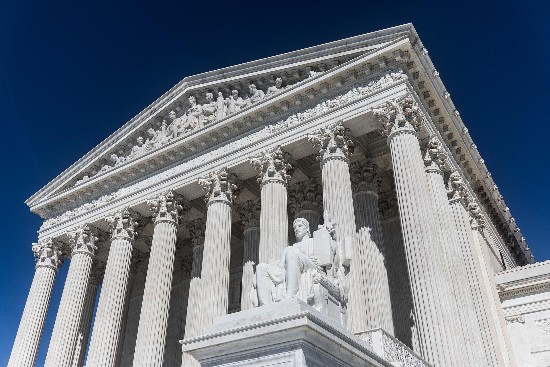The American Environmental Protection Agency owes is origins to a book that became quite popular after it was published in 1962. It was Rachel Carson’s “The Silent Spring” which told the story of how pesticides were contributing to environmental destruction and leading our world to a future without bird song. Hence the silent spring.
At age 13, Carson’s book left an indelible impression. Already a passionate reader and explorer of science and nature. I developed a stronger environmental consciousness. Carson’s book motivated so many others, some who had never thought about the environmental consequences of our industrial society. The result was the beginning of the environmental movement.
Carson pointed the finger at giant chemical companies of the 1960s as the environmental villains. These included Mobil, Dow, DuPont, Stauffer, Shell, American Cyanamid, Union Carbide and lesser known others who were treating rivers, lakes, oceans and the atmosphere as their garbage dumps whether through polluting manufacturing processes, or the use of their end products to further damage the air, water and soil.
DDT or dichloro-diphenyl-trichloroethane was given prominence in the book. It was a synthetic insecticide invented in the 1870s but widely used during World War II in the South Pacific to control mosquitoes. After the war, widespread use created global environmental consequences. Studies started showing DDT in our food, blood chemistry and even mothers’ milk. It was killing more than mosquitoes. Birds and bees were its victims.
In the 1960s I remember when Cleveland’s Cuyahoga River caught fire because of all of the chemicals polluting it. I remember oil spills, smog-filled pictures of Los Angeles, and reports in the papers about contaminated water sources and a growing garbage crisis.
Heightened public awareness prompted President Richard Nixon in 1970 to act. He called on the U.S. Congress to create a new federal department, The Environmental Protection Agency (EPA). It was mandated to do the following:
- Have the capacity to research all sources of pollution in the environment.
- Monitor both the biological and physical condition of the environment,
- Establish quantitative environmental baseline measures to judge whether industry and government were succeeding in reversing pollution.
- Use those measures to set and enforce standards for air and water quality.
- Provide industry guidance on environmental issues.
- Coordinate the pollution and environmental programs from all U.S. states and provide funding to them for their activities.
At the time climate change was only beginning to be talked about in the scientific community as well as behind the scenes among researchers working for fossil fuel companies.
Climate change fit the EPA’s mandate. And unlike an oil or chemical spill, no reputable scientist would see climate change as equivalent to “the crisis of the day.” But this phrase appears in Chief Justice John Roberts’ opinion justifying the decision in West Virginia v. EPA to deny the Agency its power to regulate carbon emissions from coal-fired power plants which based on the mandated powers described above is its purview (see points 3, 4, and 5).
Roberts’ opinion states “capping carbon dioxide emissions at a level that will force a nationwide transition away from the use of coal to generate electricity may be a sensible solution to the crisis of the day“ but only Congress has the express authority to make a “decision of such magnitude and consequence.”
Other justices who supported the 6-3 decision claimed that the EPA was overreaching and intruding on states’ interests whose authority governed the continuing operation of coal and gas-fired power plants responsible for greenhouse gas emissions until Congress authorized otherwise.
Effectively the majority of Supreme Court justices were giving utilities burning coal and natural gas the right to continue to pollute. Was it because they didn’t think that carbon dioxide emissions could be defined as pollutants like DDT? A justice in minority dissent described the decision as “frightening” for its consequences.
“The crisis of the day” wording says it all. Here was the Chief Justice of the Supreme Court who clearly had never read any scientific papers describing anthropogenic greenhouse gasses and their global warming consequences. Because if he had, how could he describe the issue under consideration as “the crisis of the day.” Climate change isn’t anything approaching a crisis of the day. It is the crisis of our time and will be for those who follow us through the remainder of this century and well beyond.









